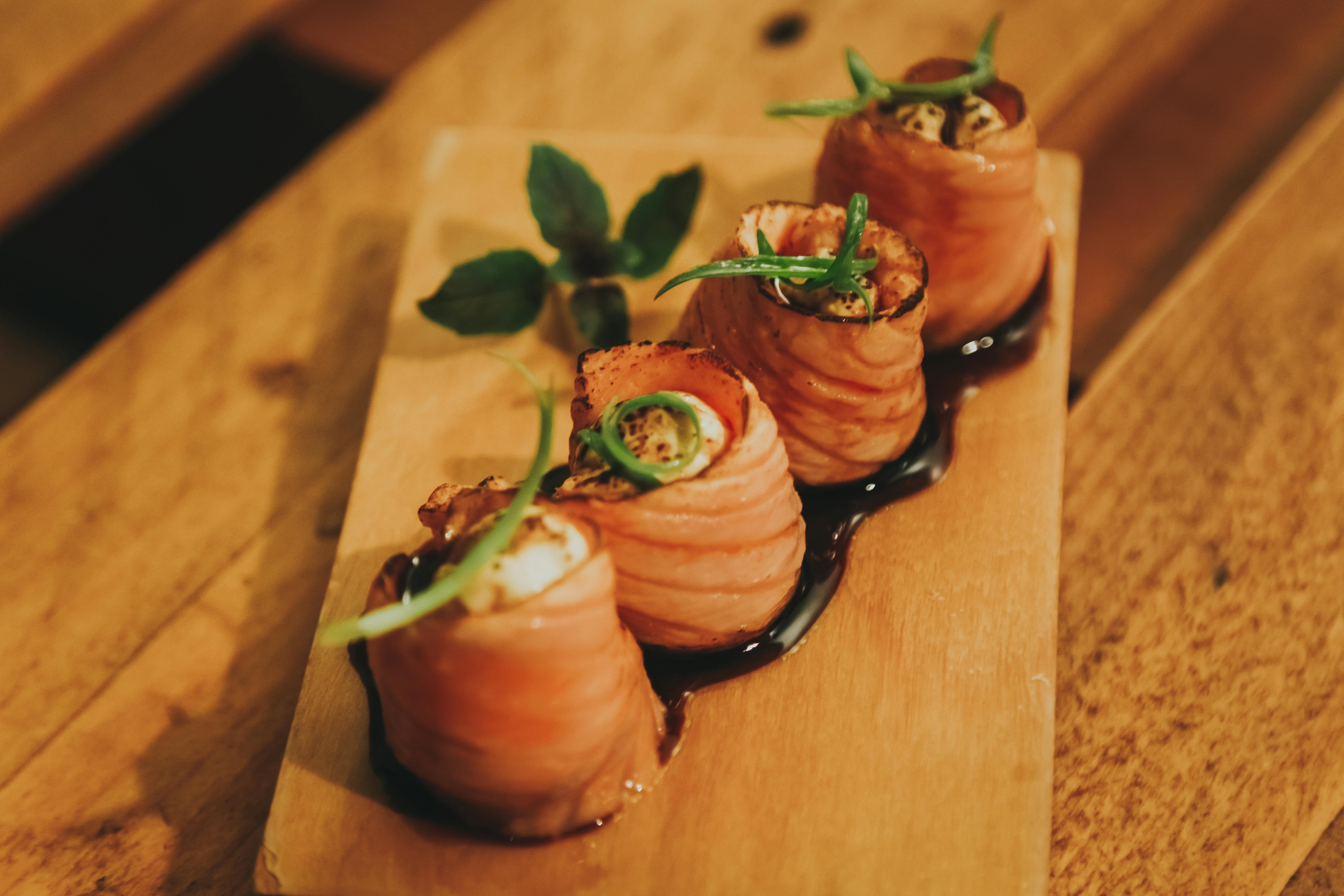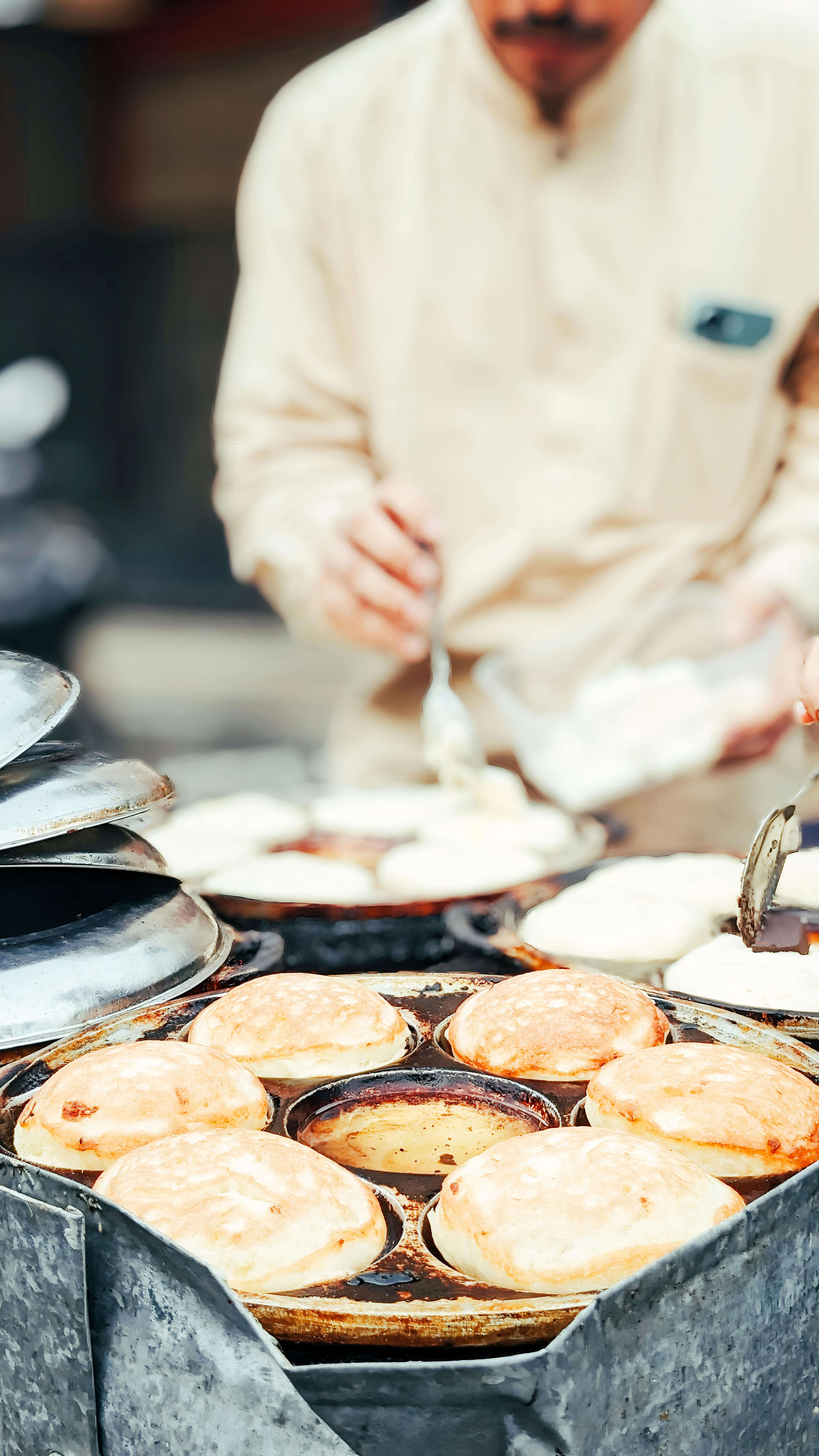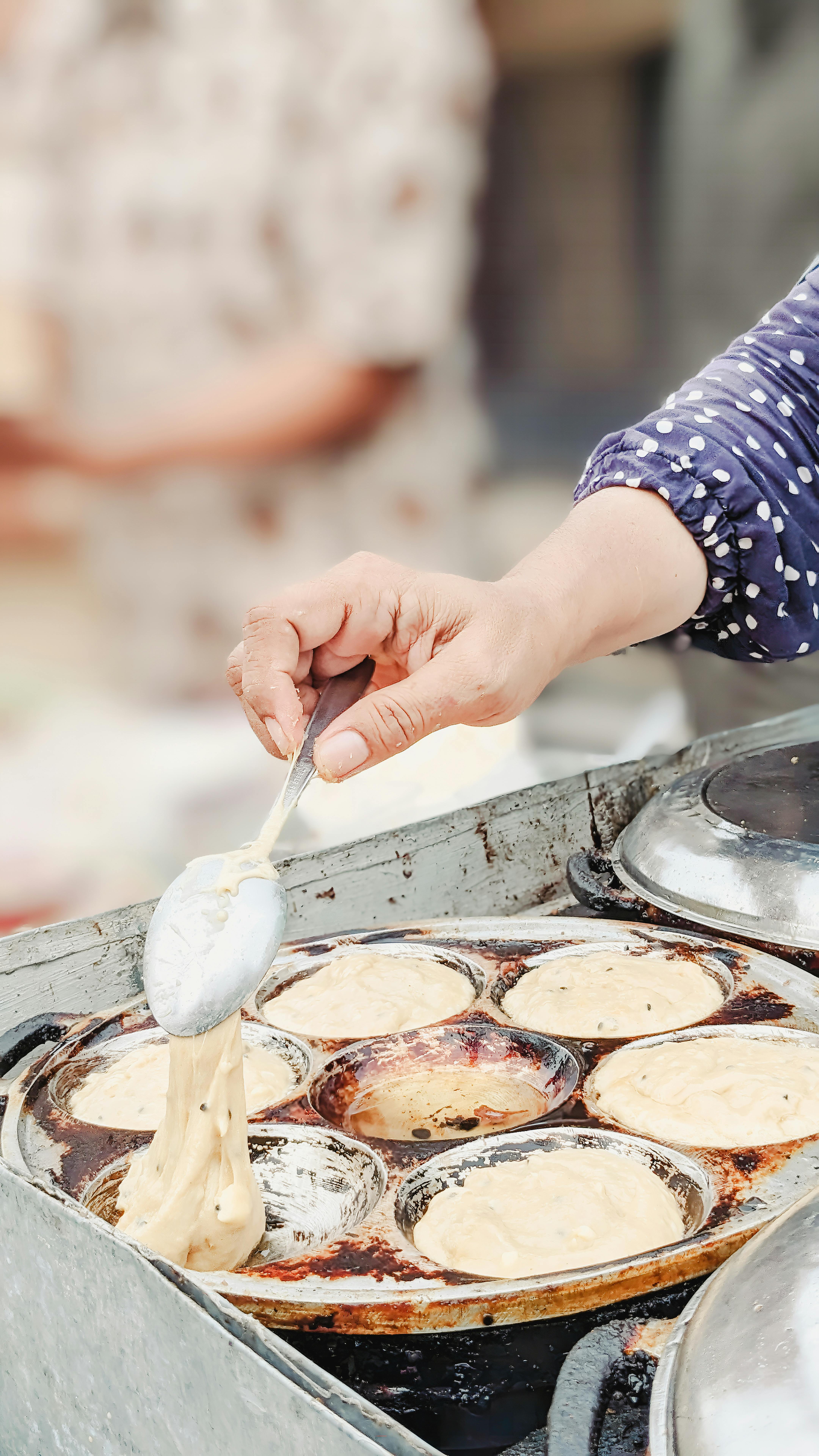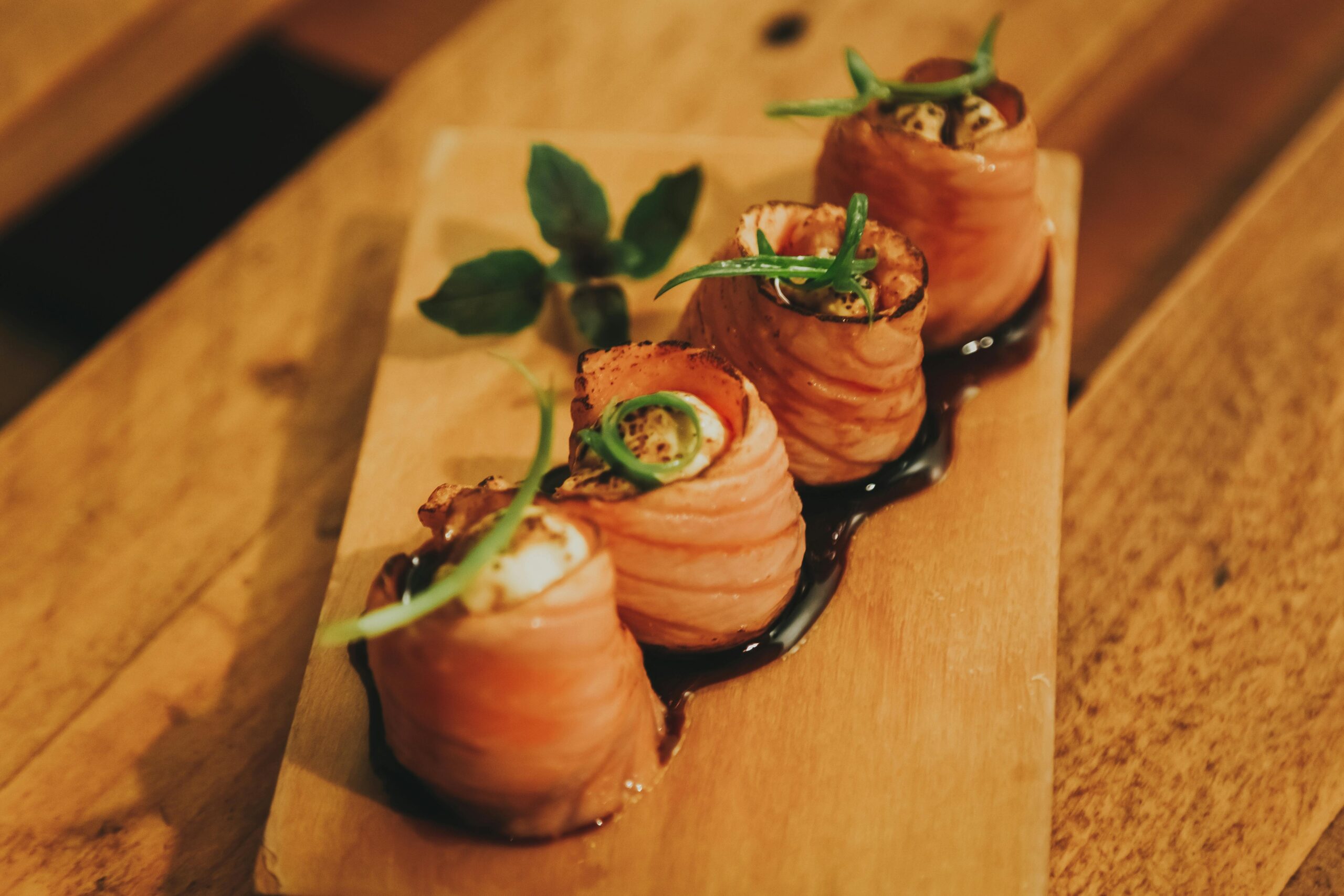Authentic Italian Recipe for Tagliarini Pasta
Few culinary experiences match the satisfaction of crafting fresh pasta from scratch. The classic recipe for tagliarini not only captures the heart of Italian cuisine but also offers an accessible and rewarding culinary adventure. This guide will take you through every step, from basic ingredients to advanced techniques, ensuring you create perfect tagliarini every time.

Understanding the Fundamentals
Tagliarini, also known as taglierini, is a type of ribbon pasta originating from the Piedmont and Liguria regions of Italy. Slightly thinner than tagliatelle, tagliarini is prized for its delicate texture and quick cooking time. Understanding its foundation is key to mastering the perfect recipe for tagliarini.
The fundamentals revolve around the dough’s composition, rolling technique, and cutting precision. Much like making music, each step must harmonize with the others to achieve culinary perfection.
1.1 The Flour and Egg Balance
Tagliarini dough traditionally consists of a simple ratio: 100 grams of “00” flour to one large egg per person. This creates a soft, elastic dough ideal for thin pasta. Studies show that high-protein flour enhances elasticity and mouthfeel, both essential in pasta dishes.
In practice, combining flour with eggs and kneading until smooth results in a strong dough. Avoid the misconception that water or oil is necessary; the eggs provide all the moisture needed.
1.2 Rolling and Cutting Techniques
While similar to other pasta styles, tagliarini requires precision in thickness. A pasta roller is ideal, setting it to a medium-thin setting before cutting into 2–3 mm wide ribbons. This makes the strands delicate but not fragile.
Unlike spaghetti or tagliatelle, tagliarini’s fine texture allows it to pair beautifully with light sauces like butter-sage or seafood. This unique characteristic sets it apart in the realm of Italian pasta.
Practical Implementation Guide
Now that the foundation is laid, let’s walk through implementing the recipe for tagliarini at home. Expect delicious results with practice and patience.

2.1 Actionable Steps
- Prepare Ingredients: Use 400g “00” flour and 4 large eggs for 4 servings. Place the flour in a mound and crack eggs into the center.
- Mix and Knead: Gradually incorporate the flour into the eggs using a fork. Knead for 10–15 minutes until smooth and elastic.
- Rest and Roll: Wrap the dough in plastic wrap and rest for 30 minutes. Roll out using a pasta machine or rolling pin until thin.
- Cut the Pasta: Dust with flour and cut into narrow ribbons. Allow tagliarini to dry slightly on a floured surface.
- Cook and Serve: Boil in salted water for 2–3 minutes. Toss with your favorite light sauce and serve immediately.
2.2 Overcoming Challenges
Common issues when making tagliarini include dough that’s too sticky, uneven thickness, or pasta that breaks while boiling. These are all avoidable with the right techniques:
- Sticky Dough: Add small amounts of flour during kneading.
- Too Dry: Mist with water and knead again.
- Uneven Thickness: Use a pasta machine with consistent settings.
Expert tip: Always test cook a small batch to check texture before cooking the entire amount.
Advanced Applications
Once you’ve mastered the basic recipe for tagliarini, elevate your skillset with advanced techniques like infused doughs or gourmet pairings. These bring a restaurant-level finish to your home kitchen.

3.1 Infused Dough Variations
Incorporate spinach, squid ink, or beetroot purée into the dough for vibrant color and flavor. For example, spinach tagliarini pairs perfectly with lemon cream sauces. A case study of restaurants in Florence shows such variations boosting customer satisfaction and menu diversity.
3.2 Precision and Pairing
Integrate sous-vide proteins or truffle oil for gourmet finishes. Compatible with aged cheeses, light game meats, and seafood, tagliarini can adapt to multiple cuisines when prepared with care.
Ensure the sauce complements, not overwhelms, the delicate pasta strands. That’s the hallmark of professional Italian cooking.
Future Outlook
The global demand for artisanal and handmade foods is projected to grow by 8% annually. Tagliarini, as a hallmark of tradition, is poised to remain a top choice in gourmet circles.
Innovations like 3D pasta printing and organic flour trends are reshaping how we approach pasta at home. Being familiar with these changes ensures you stay ahead in the culinary game.
Conclusion
Mastering the recipe for tagliarini means understanding the flour-egg foundation, refining rolling techniques, and advancing to gourmet applications. It’s a rewarding culinary tradition that anyone can learn.
Start today with fresh ingredients and a bit of patience. Your perfect tagliarini awaits—ready to impress family, friends, or just yourself with restaurant-quality pasta.
Frequently Asked Questions
- Q: What is tagliarini pasta? Tagliarini is a thin, ribbon-like pasta similar to tagliatelle but narrower, ideal for light sauces and quick cooking.
- Q: How do I start making tagliarini at home? Begin with the classic 100g flour to 1 egg ratio, knead, rest, roll, and cut into thin ribbons.
- Q: How long does it take to prepare tagliarini from scratch? Approximately 60–90 minutes including resting and preparation time.
- Q: Is homemade tagliarini expensive to make? No, it’s budget-friendly. The basic ingredients cost under $5 for 4 servings.
- Q: How does tagliarini compare to spaghetti or fettuccine? Tagliarini is thinner and more delicate, making it ideal for light, subtle sauces.
- Q: Is it difficult to make tagliarini? Not at all. With some practice and basic tools, even beginners can make high-quality tagliarini.
- Q: Can I use tagliarini in professional kitchens? Absolutely. Many chefs use tagliarini in fine dining for its elegance and versatility.
